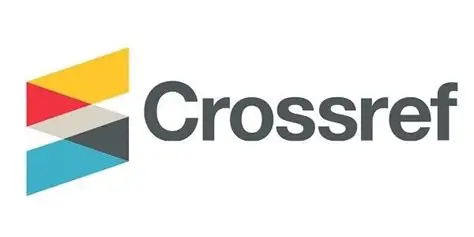FEATURE SELECTION ALGORITHM FOR PREDICTING STUDENTS’ ACADEMIC
Keywords:
Student performance, Educational Data Mining; Learning Analytics model; FPSO; SVM; KNN; Navie Bayes,,Abstract
Predicting the performance of pupils is necessary in order to evaluate whether or not
there is room for improvement. Evaluations should be done on a regular basis since they not
only assist students enhance their performance but also shed light on areas in which they need
improvement. Due to the fact that a single institution might have thousands of students, the
assessment procedure requires a significant amount of human labour to be completed. In this
article, a comparison was made between two different automated approaches to predicting the
students' performance using machine learning. Because educational databases include such a
vast amount of information, it is becoming more difficult to accurately forecast the
performance of pupils. There are primarily two explanations for why this is taking place. To
begin, the research that has been done on the many current prediction approaches is not nearly
enough to determine which techniques are most suited for forecasting the performance of
students. The second reason is that there haven't been enough studies done to determine the
elements that influence students' performance in various classes. As a result, in order to raise
student accomplishment levels, a comparative research on forecasting student performance via
the use of machine learning technologies has been conducted. The primary purpose of this
study is to determine which machine learning methods have shown to be the most accurate
when used to forecast the performance of pupils. This study also focuses on how the prediction
algorithm may be used to determine which characteristics of a student's data are the most
relevant to concentrate on.
References
M. of Education Malaysia, National higher education strategic plan (2015).
U. bin Mat, N. Buniyamin, P. M. Arsad, R. Kassim, An overview of using academic
analytics to predict and improve students’ achievement: A proposed proactive intelligent
intervention, in: Engineering Education (ICEED), 2013 IEEE 5th Conference on, IEEE, 2013,
pp. 126–130.
I. No, S. Anam, and S. Gupta, “A research Review on Comparative Analysis of Data Mining
Tools, Techniques and Parameters,” Int. J. Adv. Res. i, vol. 8, no. 7, pp. 523– 529, 2017.
J. Xu, K. H. Moon, and M. van der Schaar, “A Machine Learning Approach for Tracking
and Predicting Student Performance in Degree Programs,” IEEE J. Sel. Top. Signal Process.,
vol. 11, no. 5, pp. 742–753, 2017.
I. ĐurđevićBabić, “Machine learning methods in predicting the student academic
motivation,” Croat. Oper. Res. Rev., vol. 8, no. 2, pp. 443–461, 2017.
A. Kumar, J. Naughton, and J. M. Patel, “Learning Generalized Linear Models Over
Normalized Data,” Proc. 2015 ACM SIGMOD Int. Conf. Manag. Data - SIGMOD ’15, pp.
–1984, 2015.
M. Pandey and V. K. Sharma, “A Decision Tree Algorithm Pertaining to the Student
Performance Analysis and Prediction,” Int. J. Comput. Appl., vol. 61, no. 13, pp. 2– 6, 2013.
M. A. Al-Barrak and M. Al-Razgan, “Predicting Students Final GPA Using Decision
Trees: A Case Study,” Int. J. Inf. Educ. Technol., vol. 6, no. 7, pp. 528–533, 2016. [9] C.
Romero and S. Ventura, “Data mining in education,” Wiley Interdiscip. Rev. Data Min. Knowl.
Discov., vol. 3, no. 1, pp. 12–27, 2013.
C. Romero, S. Ventura, Educational data mining: A review of the state of the art, Trans.
Sys. Man Cyber Part C 40 (6) (2010) 601–618.
D. M. D. Angeline, Association rule generation for student performance analysis using
apriori algorithm, The SIJ Transactions on Computer Science Engineering & its Applications
(CSEA) 1 (1) (2013) p12–16.


